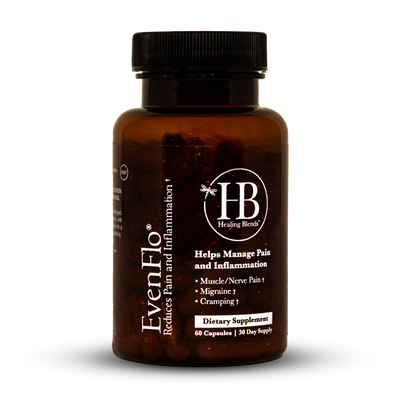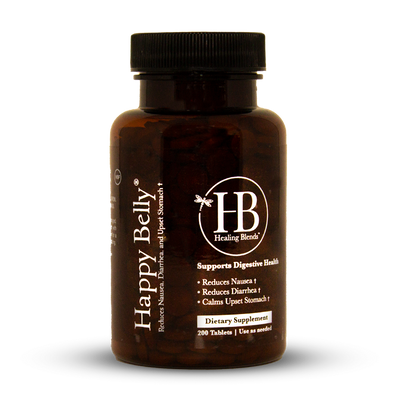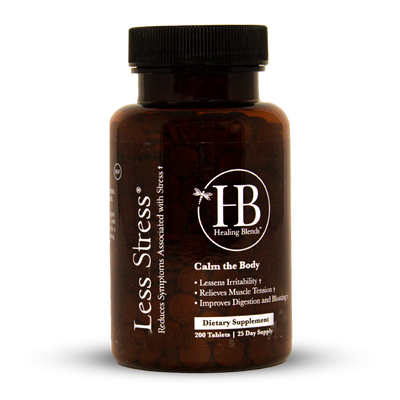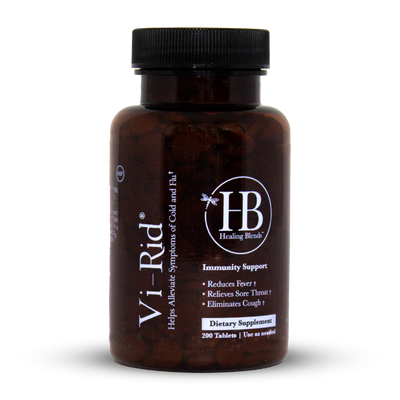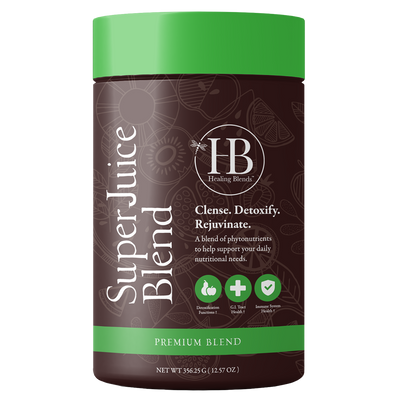Everything You Need to Know About Meat Substitutes
Meat substitutes are becoming more popular as the new products can mimic the real one. These alternatives have originally started with vegetarians but today, more people especially the health-conscious buffs are getting hooked on them. While they are getting a good share in the market, there remains to be a lot of questions about them.
What Makes Meat Substitutes Popular?
After the World Health Organization declared processed meats as carcinogens and red meat to be potentially harmful to the body, this made more people rethink their relationship with food. More individuals turned to go for healthier alternatives like meat substitutes. One report says that the demand for vegetarian options grew by almost 1000% in 2017.
If you walk in an average supermarket, it’s now easier to find a section of vegan products that were never there before. You can find vegetarian ham, fake turkey, plant-based meatballs, fake burgers, vegan hotdogs, and vegetarian nuggets.
The health benefits and environmental advantage of meat substitutes over real meat make it the popular choice for health-conscious individuals. Veganism, due to health and ethical reasons, is a driving force in today’s culture. Technology and scientific research have significantly improved the taste and texture of meat substitutes, making them very similar to the original. With this being said, no wonder some do not go back to eating meat after trying the fake alternatives. Your nose and mouth will be telling you “beef” even when your brain tells you that what you are getting is just textured soy protein.
History of Meat Substitutes
Meat substitutes have been around since the 6th century BC. Buddhist monks used meat alternatives made from wheat-gluten and tofu. In the 1800s peanuts were used to improve the overall appearance to at least mimic real meats. In Russia, chefs make “caviar” from aubergine puree and make Welsh Glamorgan sausage from bread crumbs, cheese, and leeks. The meat substitutes began to be very popular during World War II.
In the late 1960s up to the 1970’s, soy-based meat alternatives containing texturized vegetable protein were used to improve the texture. Today, you can find grain-based, nut-based, and mushroom-based as additions to the growing list of meat substitutes. The best of all of these is that they are becoming more like real meat. There are also current experiments that use cultured animal cells to grow meat in the laboratories.
Do They Really Taste Like Meat?
Meat lovers may argue whether the substitutes really taste like real meat. But many people have been fooled into eating meat alternatives. Blind experiments show that meat substitutes smell and taste like real beef and they make a satisfying meal.
Many of the alternatives resemble actual beef burgers and even “bleeds” because of the addition of beet juice. Other manufacturers employ fermentation of plants to recreate the heme (a red pigment found in natural meat) and make the meat substitute resemble actual meat. They also design burgers by finding the plant-based alternative that matches the lipids, amino acids, minerals, and water content of real meat.
With these developments in the field, advocates say that the meat substitutes have successfully resembled the taste and texture of traditional meat. When presented with both types, even meat lovers cannot completely distinguish the difference between the fake and real ones.
Are Meat Substitutes Healthier Than Real Meat?
Meat substitutes are made from plant-based products. They offer a good source of fiber which is good for the heart and the digestive system. Most meat substitutes are also free from saturated fats and other allergy-triggering substances. Since most advocates of meat substitutes are strict vegans, their choices are perceived to be healthier. When they dine in restaurants, they inquire about the manner by which these meat substitutes have been prepared. The other ingredients used in cooking are very important. Was vegetable oil used? Are the ingredients gluten, dairy, and soy-free? Are the vegetables organic? The overall consciousness of these individuals to the food they eat makes meat substitutes to be healthier options in the eyes of a meat-eater.
But while they are seen as healthier alternatives, there are still questions whether they are superior compared with the meat they mimic. Traditional meat substitutes are made from tofu and mushrooms. However, to improve the texture and taste, manufacturers use other additives and this is where meat substitutes become controversial.
Meat substitutes are processed and as such, they contain more preservatives, additives, and a lot of salt. Most products contain more than the acceptable daily serving of sodium and filled with artificial flavors, colorings, gums, and sugars. There are also processed beans that contain chemical solvents like hexane which is considered to be a neurotoxin. Expert dietitians also say that meat substitutes made of soy and gluten may also be risky for those with celiac disease. This is a public concern because 1 in every 1000 individuals suffer from the condition.
In terms of the caloric contents of meat substitutes, nutritionists and dietitians say that they are close to the calories present in an average real hamburger. This is because of the effort to mimic the meat as close as possible in terms of texture and taste. Thus, one cannot simply indulge in meat substitutes thinking that too much consumption will not make you gain weight.
With these being said, relying on meat substitutes as your main source of protein is definitely not the healthiest way to eat.
Advantages of Meat Substitutes Over Real Meat
Moving from plant protein instead of animal protein is generally healthier for you, for the animals and for the environment. Experts say that a vegan diet lowers the risk of different types of cancer.
Most processed meat contains nitrates, hormones, and antibiotics. These artificial chemicals, especially sodium nitrite, have been linked to various health problems. However, many meat sellers continue to add it to processed meat to preserve the “fresh-looking” red color of the product. With meat substitutes, this is not a usual concern. You can eat meat substitutes without these harmful chemicals.
Consumption of too much meat also means intake of too much heme, the pigment naturally found in red meat. Studies show that heme consumption is also associated with an increased risk of colon cancer. This is probably the reason why many meat lovers after years of meat-filled diets end up suffering from colon cancer. With meat substitutes, this is a risk that you do not have to deal with.
Lastly, the consumption of meat substitutes is definitely kinder to animals. Animal advocates like the idea of a vegan diet because this means no single animal will be harmed just to sustain human life.
Disadvantages of Meat Substitutes
So far, what was presented was the health benefits of meat substitutes. But like any other thing, there is no such thing as the perfect food. Even meat substitutes present health risks. The high level of sodium is also not good for the body. However, this cannot be eliminated from the product since the salt serves to preserve and improve the taste of the meat substitutes.
But with the statistics saying that 90% of all Americans consume too much sodium, consumption of meat substitutes can aggravate the situation. Excess sodium intake is associated with high blood pressure, heart problems, and stroke.
One last deal-breaker for meat substitutes is its price. The real-meat texture and taste make the substitute expensive compared with its contemporaries. Although some companies explore other cheaper protein sources to make the price more competitive, currently, consumers must still shell out an extra amount to enjoy the benefits of meat substitutes.
Conclusion
Meat substitutes have gone far from their early beginning in the 6th century. The development in the taste and texture makes them comparable to real meat. Since these are plant-based, meat substitutes are perceived as automatically healthier options. However, experts remind consumers that they should not also indulge too much in meat substitutes. Anything in excess is also not beneficial to the body, especially that these pseudo meats contain higher sodium and the same number of calories. In addition, those who go for a complete meat substitute diet may also be missing nutrients like iron and vitamin B. Thus, any food you eat, whether real or meat substitutes should be eaten mindfully.
References:
- "Is “Fake” Meat Actually Good for You?" via Vita Cost
- "The trouble with fake meat" via The Guardian
- "Should You Eat the New Fake Meats?" via Baseline of Health Foundation















